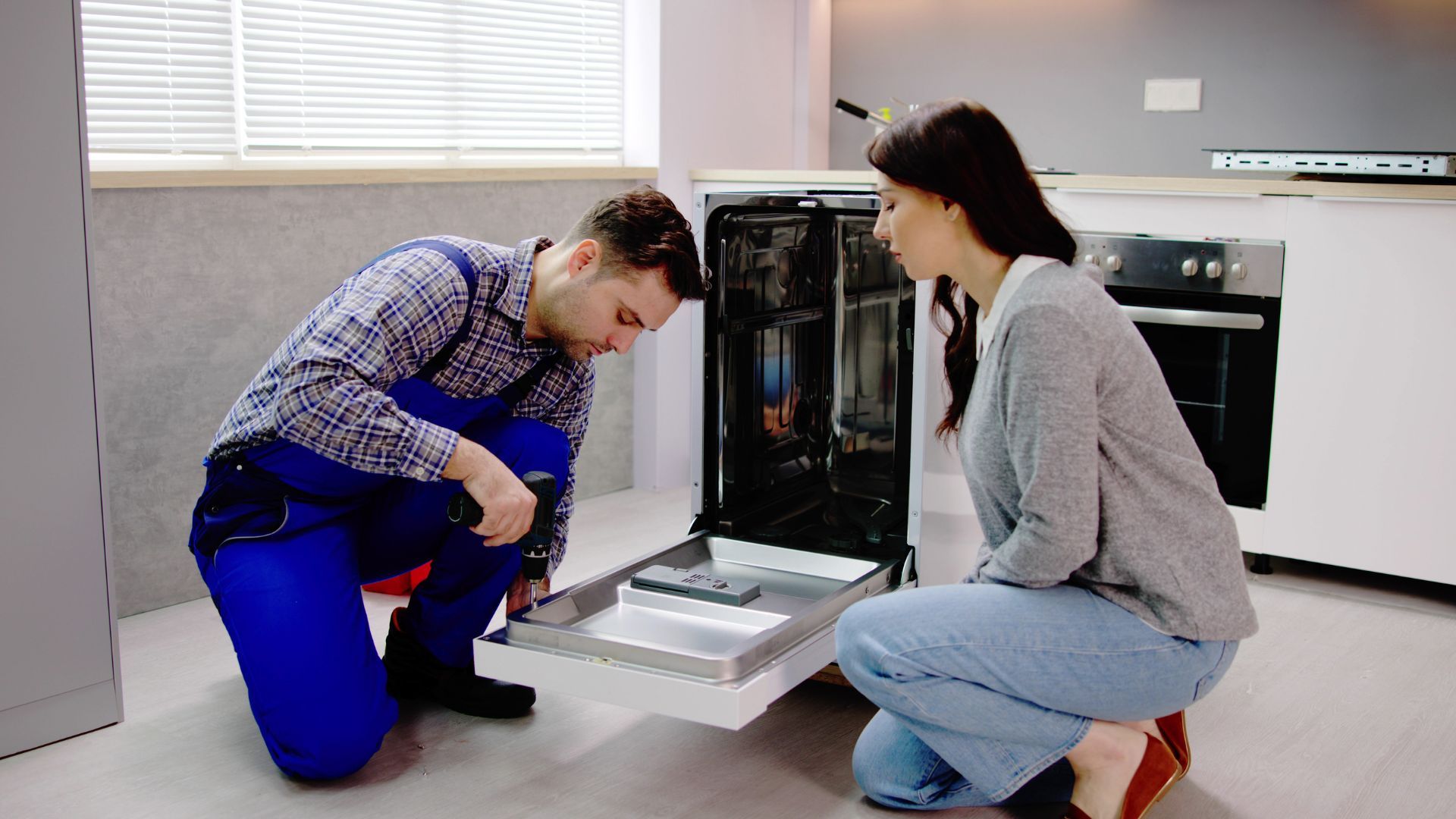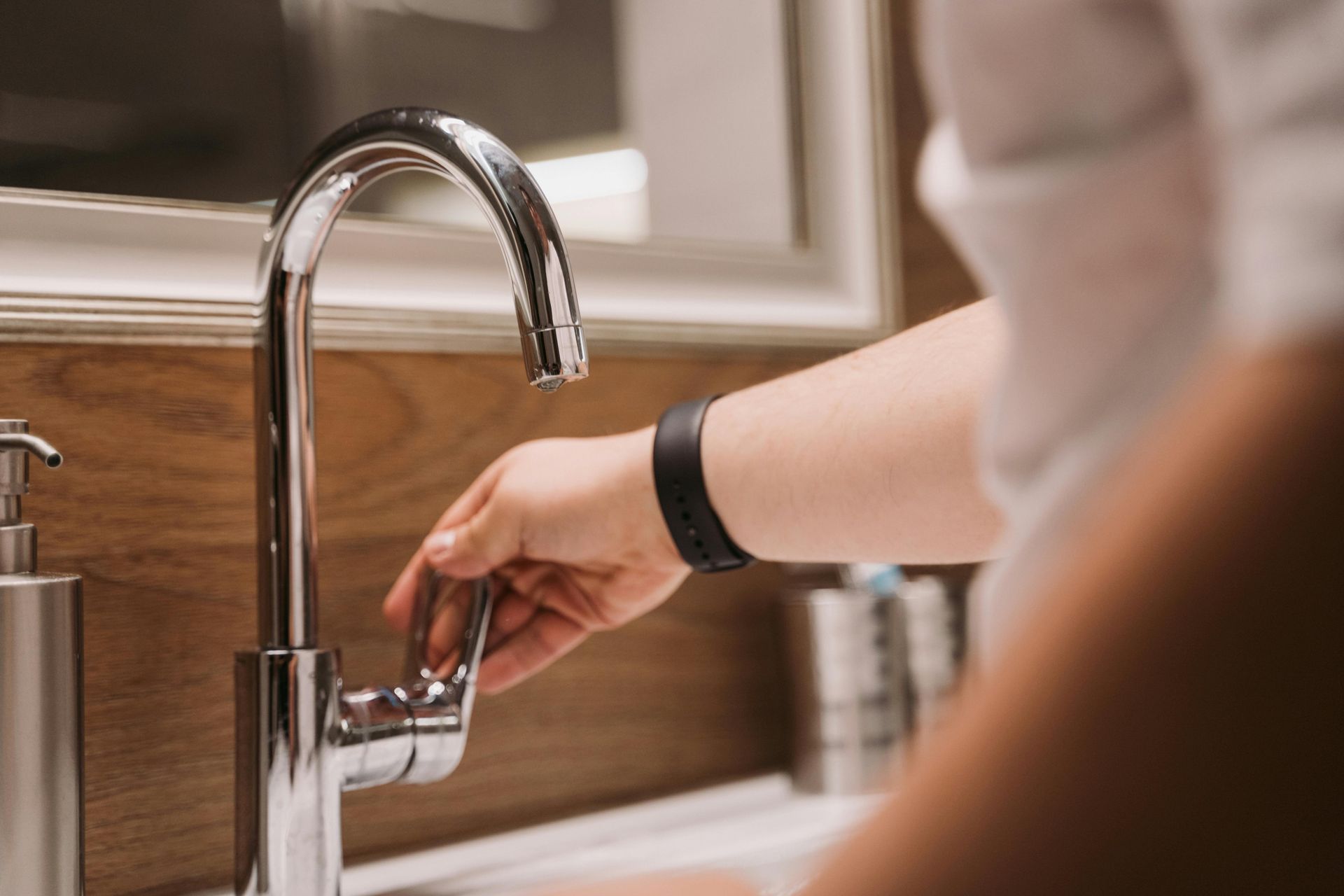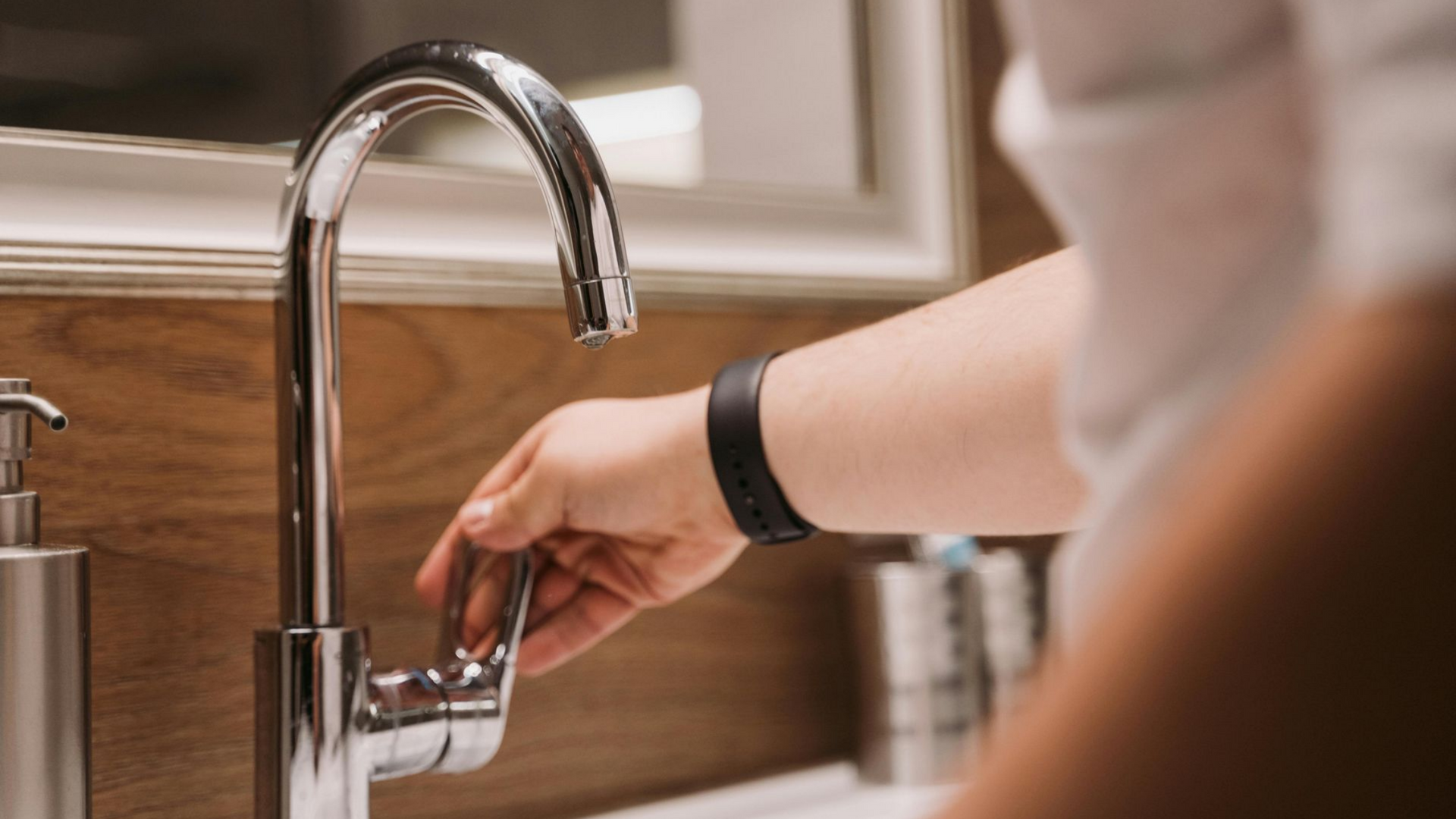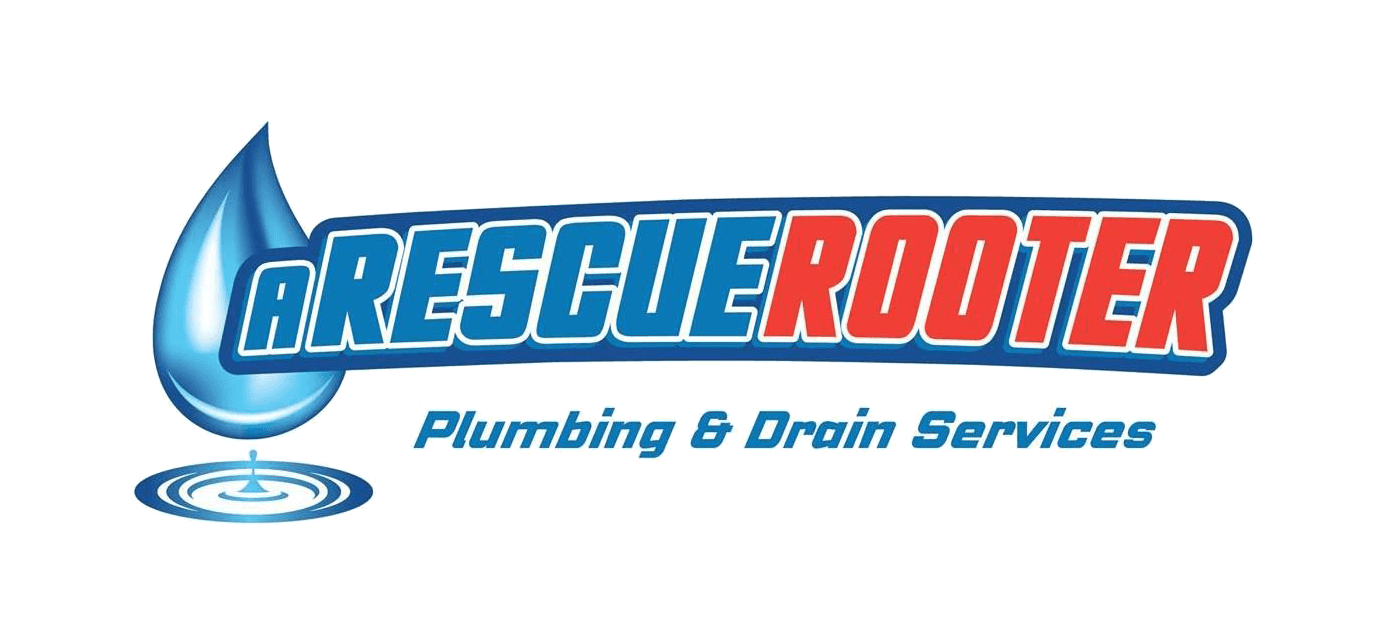The Importance of Sewer Cleaning and Maintenance
If you’ve experienced a plumbing issue before, you know it's no small inconvenience. Whether it’s a minor clog or a major backup, sewer problems can disrupt your daily life, damage your property, and even harm your health. One way to prevent these issues is through regular sewer cleaning and maintenance. In this blog, we'll explore why keeping your sewers clean is so important, and offer some tips on how to maintain them effectively.
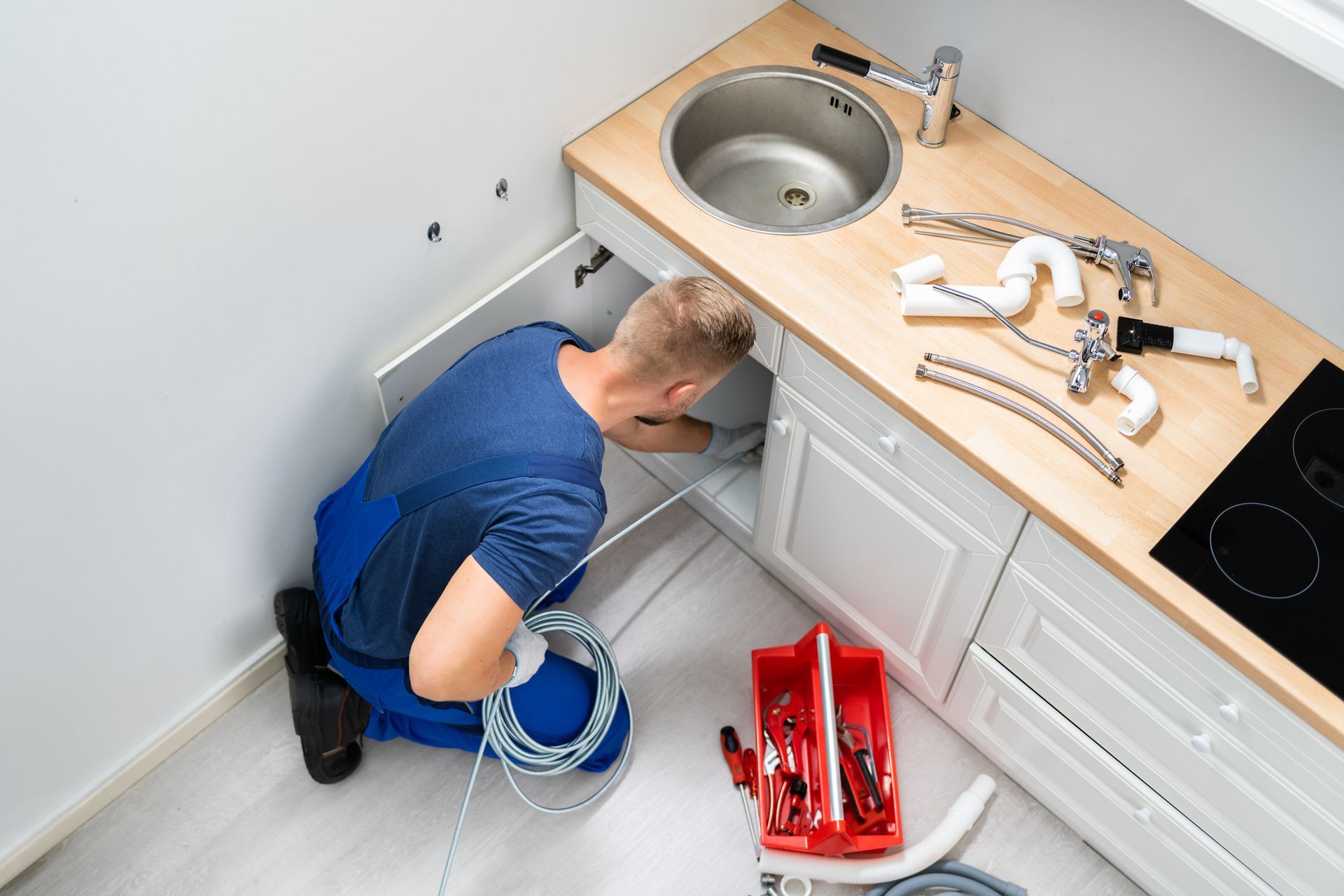
Why Clean and Maintain Sewers?
Prevent Blockages
At the heart of many plumbing headaches are blockages. Over time, debris like hair, grease, and other waste can build up in your pipes, leading to clogs. Regular
sewer cleaning helps prevent these blockages by ensuring that waste can flow freely through your plumbing system.
Protect Property
Clogged sewers don’t just bring water flow to a halt—they can cause significant property damage too. When sewage backs up, it can flood your home, destroy
your belongings, and damage the structural integrity of your property. This not only leads to costly repairs but also creates an unsafe environment for your
family.
Preserve Health
Sewage contains harmful bacteria and toxins that can pose serious health risks if they enter your home. By maintaining clean sewers, you reduce the risk of
contamination and create a safer environment for you and your loved ones.
Essential Sewer Maintenance Tips
- Regular Inspections: Performing routine inspections can help identify potential issues before they become major problems. Professional sewer cleaners have the tools and expertise to detect things like cracks or growing tree roots that could threaten your system.
- Use Professional Services: Sometimes, trying to tackle sewer cleaning on your own can do more harm than good. Professional sewer cleaners, like A Rescue Rooter in Southern Ontario, have specialized equipment to clean your sewers efficiently and safely.
- Avoid Flushing Inappropriate Items: Not everything is meant to be flushed down the drain. Avoid disposing of items like wipes, diapers, and sanitary products in your toilet as they can cause serious blockages.
- Dispose of Grease Properly: Pouring grease and oils down the sink might seem harmless, but they can solidify and cause clogs in your pipes. Always dispose of grease in a separate container and throw it away with your trash.
- Install Backwater Valves: These valves are designed to prevent sewage from flowing back into your home during heavy rainfall or floods. If you live in a flood-prone area, installing a backwater valve can be a worthwhile investment.
Regular sewer cleaning and maintenance is crucial for preventing blockages, protecting your property, and preserving health. By following the sewer maintenance tips outlined above, you can keep your plumbing system in top shape and avoid costly repairs. Remember, when it comes to something as important as your home’s sewer system, partnering with professional services like A Rescue Rooter in Southern Ontario can make all the difference.
Ready to take the next step in maintaining a healthy home? Contact A Rescue Rooter in Southwestern Ontario today to schedule an inspection and ensure your
sewers are in optimal condition.
A Rescue Rooter for sewer maintenance and repair 905-521-8284!
